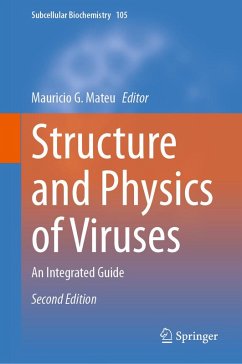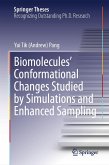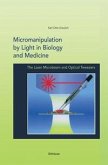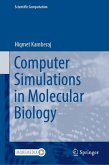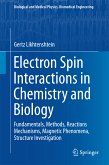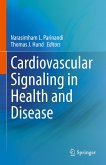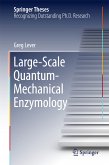Physical virology has come of age and offers approaches based on fundamental physics to study different aspects of the architecture, self-assembly, and material properties of viral particles. Atomic force microscopy and optical tweezers are probing the mechanical behavior of viral particles and unraveling their biological implications. High-speed atomic force microscopy is beginning to provide new detailed insights into virus assembly and dynamics. Powerful theoretical approaches and molecular dynamics simulations search for the physical underpinnings underlying viruses' structure and material properties. Structural virology and physical virology are merging with biochemical and biological approaches to provide a renewed and richer view of the relationships between the molecular structure, physical properties, and biological function of viruses. This interdisciplinary approach is also leading to important advances in the fight against viral diseases and to applications of virus-derived particles and virus components in biomedicine, biotechnology and nanotechnology.
Structure and Physics of Viruses, 2nd edition is an interdisciplinary textbook that takes an integrated approach to the rapidly merging and expanding fields of structural and physical virology. This new edition has been updated to include many important technical developments and conceptual advances in these research areas over the past decade. The content of the book has been kept basic enough to be useful to students and advanced enough to be useful to senior scientists. This book is aimed primarily at master's students, Ph.D. students and postdoctoral researchers with undergraduate degrees in biology, chemistry, physics or related sciences who are interested in viruses or are just starting to work with viruses. It also aims to provide an up-to-date overview of many important concepts, techniques, studies, and applications in structural and physical virology for established researchers working with viruses, regardless of their physical, chemical, or biological background and field of specialization.
Dieser Download kann aus rechtlichen Gründen nur mit Rechnungsadresse in A, B, BG, CY, CZ, D, DK, EW, E, FIN, F, GR, HR, H, IRL, I, LT, L, LR, M, NL, PL, P, R, S, SLO, SK ausgeliefert werden.

